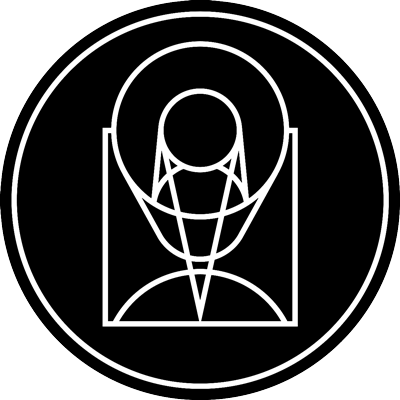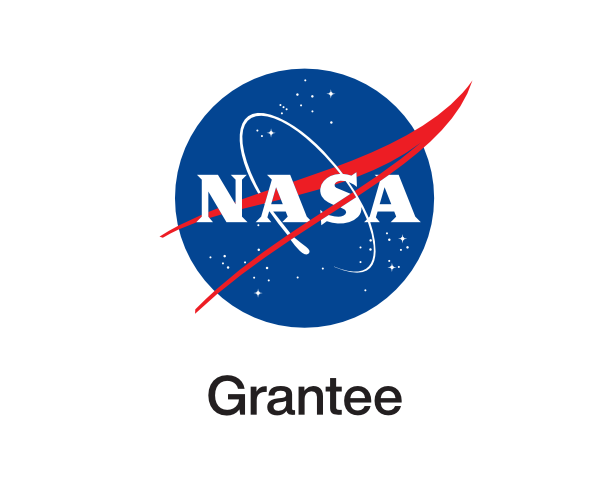Centre of activity

esahubble_potw2525a June 23rd, 2025
Credit: ESA/Hubble & NASA, M. J. Koss, A. J. Barth
The light that the NASA/ESA Hubble Space Telescope collected to create this Picture of the Week reached the telescope after a journey of 250 million years. Its source was the spiral galaxy UGC 11397, which resides in the constellation Lyra (The Lyre). At first glance, UGC 11397 appears to be an average spiral galaxy: it sports two graceful spiral arms that are illuminated by stars and defined by dark, clumpy clouds of dust. What sets UGC 11397 apart from a typical spiral lies at its centre, where a supermassive black hole containing 174 million times the mass of the Sun is growing. As a black hole ensnares gas, dust, and even entire stars from its vicinity, this doomed matter heats up and puts on a fantastic cosmic light show. Material trapped by the black hole emits light from gamma rays to radio waves and can brighten and fade without warning. But in some galaxies, including UGC 11397, thick clouds of dust hide much of this energetic activity from view in optical light. Despite this, UGC 11397's actively growing black hole was revealed through its bright X-ray emission — high-energy light that can pierce the surrounding dust. This led astronomers to classify it as a Type 2 Seyfert galaxy, a category used for active galaxies whose central regions are hidden from view in visible light by a doughnut-shaped cloud of dust and gas. Using Hubble, researchers will study hundreds of galaxies that, like UGC 11397, harbour a supermassive black hole that is gaining mass. The Hubble observations will help researchers weigh nearby supermassive black holes, understand how black holes grew early in the Universe’s history, and even study how stars form in the extreme environment found at the very centre of a galaxy. [Image Description: A spiral galaxy, seen at an angle that gives it an oval shape. It has two spiral arms that curl out from the centre. They start narrow but broaden out as they wrap around the galaxy before merging into a faint halo. The galaxy’s disc is golden in the centre with a bright core, and pale blue outside that. A swirl of dark dust strands and speckled blue star-forming regions follow the arms through the disc.] Links Pan: UGC 11397
Provider: Hubble Space Telescope | ESA
Image Source: https://esahubble.org/images/potw2525a/
Curator: ESA/Hubble, Baltimore, MD, United States
Image Use Policy: Creative Commons Attribution 4.0 International License

- ID
- potw2525a
- Subject Category
- Subject Name
- UGC 11397
- Credits
- ESA/Hubble & NASA, M. J. Koss, A. J. Barth
- Release Date
- 2025-06-23T06:00:00
- Lightyears
- Redshift
- Reference Url
- https://esahubble.org/images/potw2525a/
- Type
- Observation
- Image Quality
- Distance Notes
- Facility
- Hubble Space Telescope, Hubble Space Telescope, Hubble Space Telescope, Hubble Space Telescope
- Instrument
- ACS, ACS, ACS, ACS
- Color Assignment
- Blue, Green, Green, Red
- Band
- Optical, Optical, Optical, Optical
- Bandpass
- B, B, I, I
- Central Wavelength
- 435, 435, 814, 814
- Start Time
- Integration Time
- Dataset ID
- None, None, None, None
- Notes
- Coordinate Frame
- ICRS
- Equinox
- J2000
- Reference Value
- 285.95288868381385, 33.845176503821705
- Reference Dimension
- 2112.0, 1444.0
- Reference Pixel
- 1056.0, 722.0
- Scale
- -1.389850847974556e-05, 1.389850847974556e-05
- Rotation
- 188.49999999999937
- Coordinate System Projection:
- TAN
- Quality
- Full
- FITS Header
- Notes
- Creator (Curator)
- ESA/Hubble
- URL
- https://esahubble.org
- Name
- Telephone
- Address
- ESA Office, Space Telescope Science Institute, 3700 San Martin Dr
- City
- Baltimore
- State/Province
- MD
- Postal Code
- 21218
- Country
- United States
- Rights
- Creative Commons Attribution 4.0 International License
- Publisher
- ESA/Hubble
- Publisher ID
- esahubble
- Resource ID
- potw2525a
- Resource URL
- http://esahubble.org/media/archives/images/original/potw2525a.tif
- Related Resources
- Metadata Date
- 2025-07-01T16:08:25.999886
- Metadata Version
- 1.1
Detailed color mapping information coming soon...













